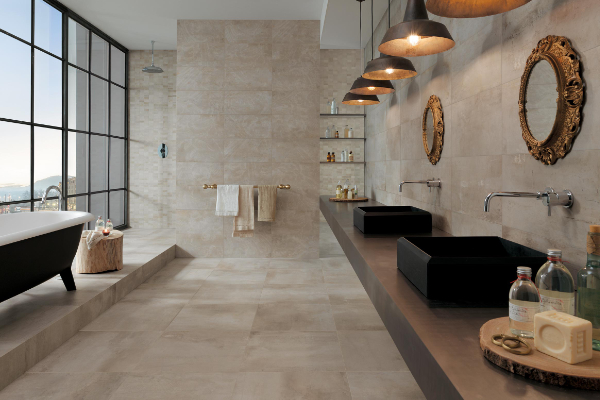Bathrooms are one of the most water-intensive areas of the home, accounting for nearly 75% of all indoor water use. With the increasing concern about water scarcity and environmental sustainability, it’s important to explore water-efficient designs for eco-friendly bathrooms. Here are some ideas to help you create a sustainable bathroom that conserves water without sacrificing style or functionality.
Low-Flow Fixtures

One of the easiest ways to reduce water consumption in the bathroom is to install low-flow fixtures. Low-flow showerheads, faucets, and toilets can reduce water usage by up to 60%. They work by restricting the flow of water without compromising water pressure or performance. They are available in a range of designs and styles to suit any bathroom decor.
Dual-Flush Toilets
Dual-flush toilets are another water-efficient design that can save up to 68% of water compared to traditional toilets. They have two flush options – one for liquid waste and another for solid waste. The liquid waste flush uses less water, while the solid waste flush uses a bit more. This design allows for more efficient use of water and significantly reduces water wastage.
Greywater Recycling
Greywater recycling is a sustainable system that can be used to irrigate plants or flush toilets. It involves collecting and treating wastewater from the bathroom sink, shower, and bathtub. The treated water can then be used for non-potable purposes, reducing the demand for fresh water. This system not only conserves water but also reduces the amount of wastewater that needs to be treated and discharged into the environment.
Natural and Sustainable Materials
Choosing natural and sustainable materials for bathroom fixtures and accessories is another way to create an eco-friendly bathroom. Materials like bamboo, reclaimed wood, and recycled glass are not only stylish but also environmentally friendly. They are renewable, biodegradable, and have a lower carbon footprint compared to synthetic materials.
Smart Water Management Systems
Smart water management systems can help monitor and control water usage in the bathroom. These systems use sensors and automation technology to detect leaks, regulate water pressure, and track water usage. They can also provide real-time data on water consumption and help homeowners identify areas where water can be saved.
In conclusion, creating an eco-friendly bathroom that conserves water is not only environmentally responsible but also saves money on water bills. By incorporating low-flow fixtures, dual-flush toilets, greywater recycling, natural and sustainable materials, and smart water management systems, homeowners can significantly reduce their water consumption without sacrificing style or functionality. So, let’s explore these water-efficient designs and do our part in conserving water for future generations.

